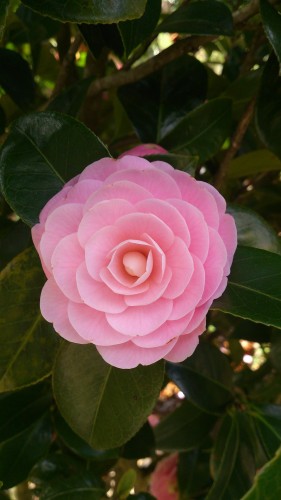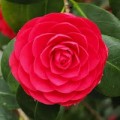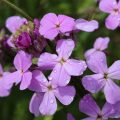- The Miraculous Shiny Bush Plant - January 18, 2021
- Colorful, Edible and Medicinal Celosia - January 10, 2021
- Radish, a Nutritional Power House - December 19, 2020
Had a cup of tea today? If you are like most people, the answer is an emphatic yes. And chances are that you did not give the sweet, refreshing beverage much thought. Here is what you need to know about the tea you just drank.
[Note: The Right Flowers is not a medical site. Knowledge of and information about the therapeutic benefits and applications of flowers, while known through the ages, does not constitute medical advice. If you are having health issues, you should consult with a physician.]
Camellia sinensis, commonly known as tea plant, is a flowering shrub native to China. However, it has been naturalized in many parts of the world including North America. Here, it thrives in the US Department of Agriculture plant hardiness zones 5 to 9. The plant needs well-drained, moist soil and full sun or partial shade to grow and can make an ideal hedge. It is also great as an ornamental plant as it brightens up gardens during the fall with its beautiful, fragrant flowers which also attracts pollinating insects.
The benefits of the tea plant were discovered accidentally in 2737 B.C.E by a Chinese Emperor Shen Nong. Legend has it that when boiling water in the garden, a leaf from a tea shrub overhanging the boiling pot fell into the pot. The resulting beverage tasted better, sweeter and was quite refreshing compared to plain water. This led the emperor to research the tree, uncovering the edible and medicinal properties of the plant. Since then, the tea plant has always been a constant human companion.
While there are many tea plant varieties making different types of teas, only two varieties are known for making most of the popular teas you hear about: camellia sinensis sinensis (Chinese tea) and camellia sinensis assamica (India or assam tea).
The tea plant has glossy leaves featuring serrated edges that look similar to bay leaf (laurus nobilis). It flowers once in 12 months in the fall, bringing forth white, yellow or pink blossoms. These flowers are harvested and brewed into a smooth, sweet and relaxing tea. Tea made from the flowers tends to age well and develop a full, rich taste.
Apart from the flowers, the young leaves of the tea plant are used in making tea. These aerial parts are known to contain various compounds beneficial to humans including antioxidants such as polyphenols. They are ideal for lowering the risk of heart disease, regulating blood sugar and cholesterol levels, as well as improving the body’s metabolism.
In a study conducted by the University of Maryland Medical Center, researchers reported that tea made from this plant holds the potential in reducing the risk of developing inflammation related to arthritis. Another study established that fluoride in tea plant helped in preventing tooth cavities and was also effective in preventing and hastening recovery from cold and flu.
Now, there you have it. The tea you just had has a long, rich history. And the good news is that tea is not only a refreshing beverage, it is also medicinal.





